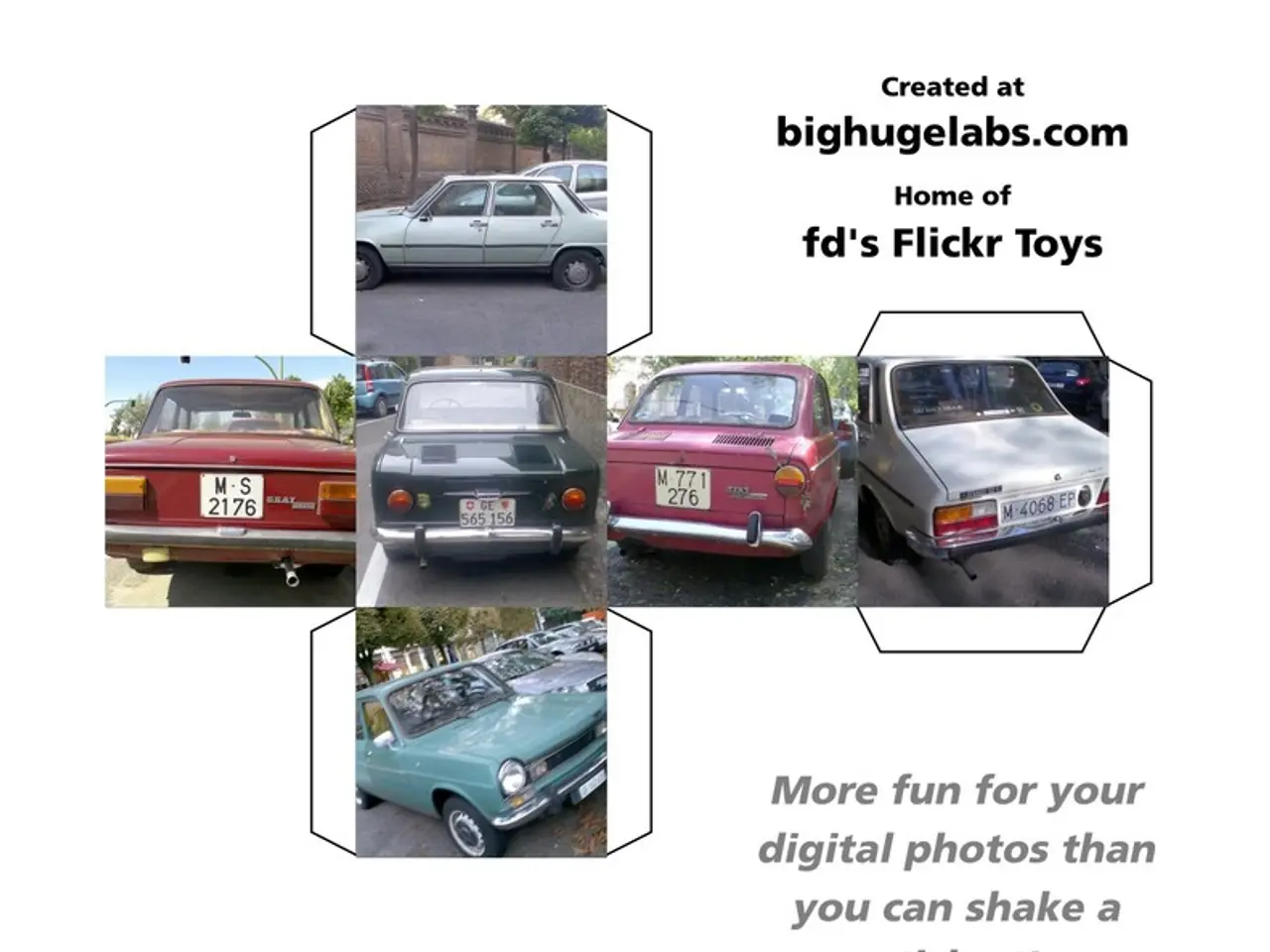Biological Functions and Medicinal Prospects of Nitrogen and Its Compounds
The noble gases — helium, neon, argon, krypton, xenon, and radon — are a fascinating family of elements, renowned for their stability and inertness. These gases, with their full valence electron shells, stand out from nitrogen (N₂) due to their extreme stability and chemical inertness under normal conditions.
Unique Properties of Noble Gases
The noble gases exhibit several distinctive characteristics:
- Electron Configuration: Full outer shells (ns² np⁶ except helium with 1s²), leading to very low chemical reactivity.
- Physical State: Colorless, odorless, tasteless gases at room temperature.
- Boiling Points: Very low and increase with atomic mass from helium to xenon due to stronger van der Waals forces.
- Monatomic Nature: Exist as single atoms, unlike nitrogen which is diatomic (N₂).
- Density: Generally low; helium is lighter than air, while heavier noble gases like xenon are much denser.
- Chemical Reactivity: Almost inert, but heavier noble gases (xenon, krypton) can form compounds under extreme conditions due to lower ionization energies.
Comparison to Nitrogen
| Property | Noble Gases | Nitrogen (N₂) | |----------------------|-------------------------------------------------|------------------------------------------| | Chemical Reactivity | Very low, mostly inert; some compounds for heavy gases | Moderately reactive, forms many compounds | | Molecular Form | Monatomic | Diatomic molecule (N₂) | | Electron shell | Full valence shells (ns² np⁶) | Five valence electrons, needs 3 to fill | | State at room temp | Gases, colorless, odorless, tasteless | Gas, colorless, odorless | | Boiling Point | Very low, increases with atomic number | −196 °C (boiling point of N₂) | | Uses based on properties| Lighting, inert atmosphere, welding, cryogenics, lasers, medical applications | Fertilizers, explosives, inert atmosphere, industrial processes |
Applications of Noble Gases
Each noble gas has its unique properties that lend themselves to specific applications:
- Helium (He): Used in weather balloons and airships, MRI magnets, breathing gas mixes for divers.
- Neon (Ne): Neon signs, voltage indicators, lasers, prized for its bright red-orange glow under electrical discharge.
- Argon (Ar): Welding, metal fabrication, incandescent bulbs, semiconductors crystal growth.
- Krypton (Kr): Fluorescent lamps, photographic flashes, reducing power consumption while providing intense light.
- Xenon (Xe): Flash lamps, car headlights, general anesthetics, medical imaging, space exploration.
- Radon (Rn): Limited uses due to radioactivity, studied for medical and geological applications.
How Noble Gases Compare Functionally to Nitrogen
- Nitrogen is chemically active compared to noble gases, reacts in forming numerous compounds like ammonia (NH₃), nitric acid, etc.
- Nitrogen is often used as an inert atmosphere in industrial processes but not as inert as noble gases.
- Noble gases’ extreme inertness makes them ideal for situations where chemical reactivity must be avoided or precise electrical excitation is needed (lighting, lasers).
- Nitrogen is more abundant and cheaper, used widely where mild inertness and reactivity are acceptable or required.
In summary, noble gases’ unique inertness, monatomic nature, and distinct physical properties underpin their specialized applications in lighting, welding, medical technology, and cryogenics, while nitrogen’s diatomic nature and moderate reactivity suit it for applications related to chemical synthesis and as a protective atmosphere in less demanding conditions.
Krypton's Unique Properties and Applications
Krypton is a versatile noble gas with a knack for making its presence known in the industrial realm. Krypton lasers emit a bright, consistent beam of light that can cut materials with unmatched precision. Krypton is also the secret ingredient that makes incandescent bulbs shine brighter and more energy-efficient.
Helium's Unique Properties and Applications
Helium, the lightest element in the universe, is used in deep-sea diving to prevent a dangerous condition called nitrogen narcosis. Helium plays a vital role in medical imaging, particularly in Magnetic Resonance Imaging (MRI) machines. Helium is also used in party balloons, making them float.
Argon's Unique Properties and Applications
Argon is a keystone component in many industrial and commercial applications. Argon is used to preserve food, preventing spoilage and extending shelf life. Argon is used in welding as a shield gas to protect the weld from oxidation. Argon is used in lighting, giving us bright fluorescent and incandescent bulbs.
Xenon's Unique Properties and Applications
Xenon is a versatile noble gas with diverse applications, including high-intensity headlights, medical imaging, anesthetics, and space exploration. Xenon is the fuel of choice for ion propulsion systems that power spacecraft due to its incredible efficiency and easy storage.
Radon's Unique Properties and Health Concerns
Radon is a naturally occurring radioactive gas that seeps into homes through cracks and gaps in the foundation and can increase the risk of lung cancer in high concentrations. Sealing cracks, opening vents, and testing for radon regularly are important steps in maintaining a radon-free home. Testing your home for radon using a radon detector and mitigation systems are ways to keep radon levels low and protect your health.
In conclusion, the noble gases, with their unique properties and applications, continue to play crucial roles in various industries, from lighting and welding to medical technology and space exploration. Understanding their distinct characteristics allows us to harness their potential and apply them effectively in our daily lives.
- Science and technology have expanded the applications of noble gases, complementing their traditional uses in lighting, welding, and cryogenics with new roles in medical technology and space exploration.
- In environmental science, data-and-cloud-computing technologies can be leveraged to monitor and analyze the impact of climate-change on the distribution, extraction, and utilization of noble gases in various industries.




